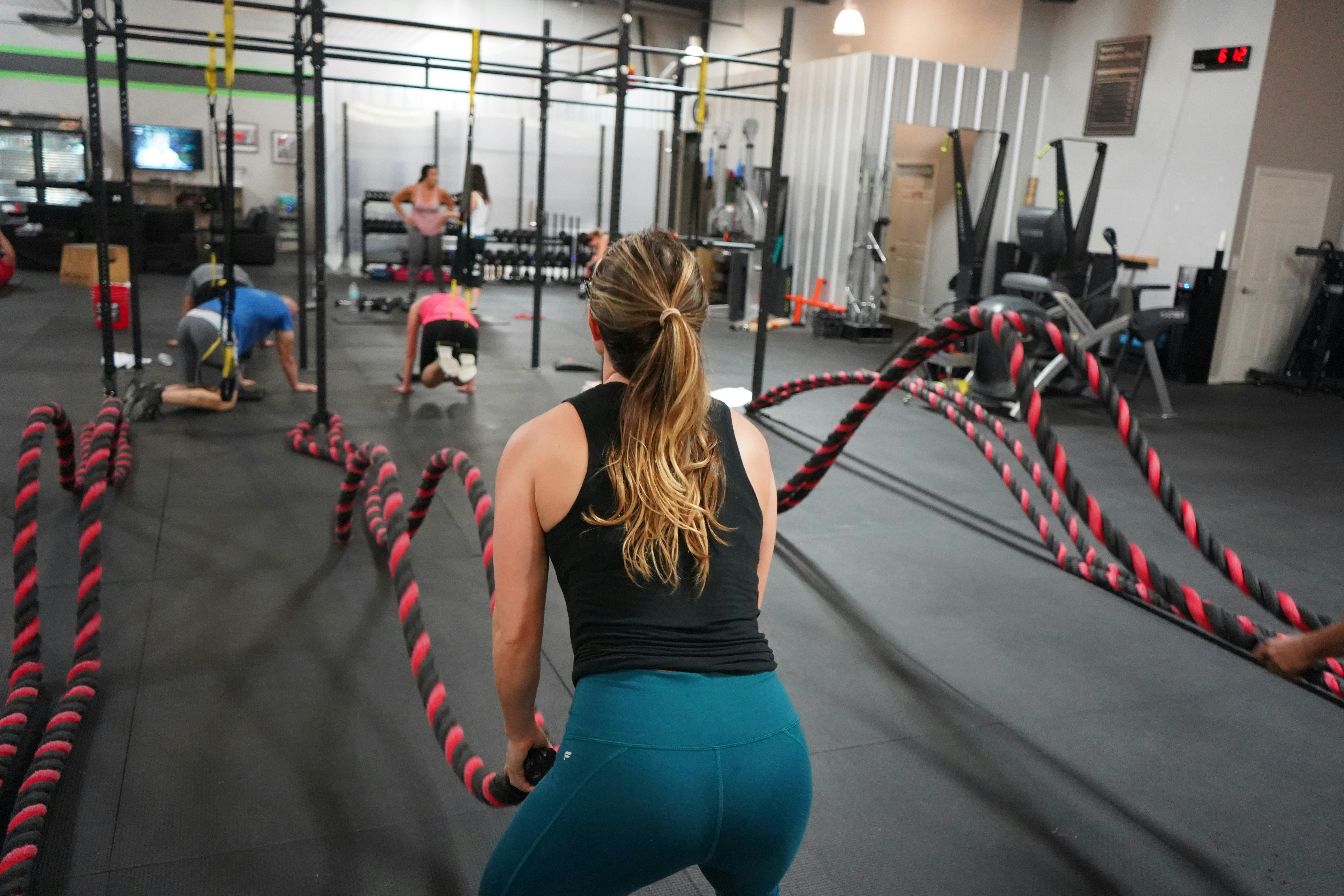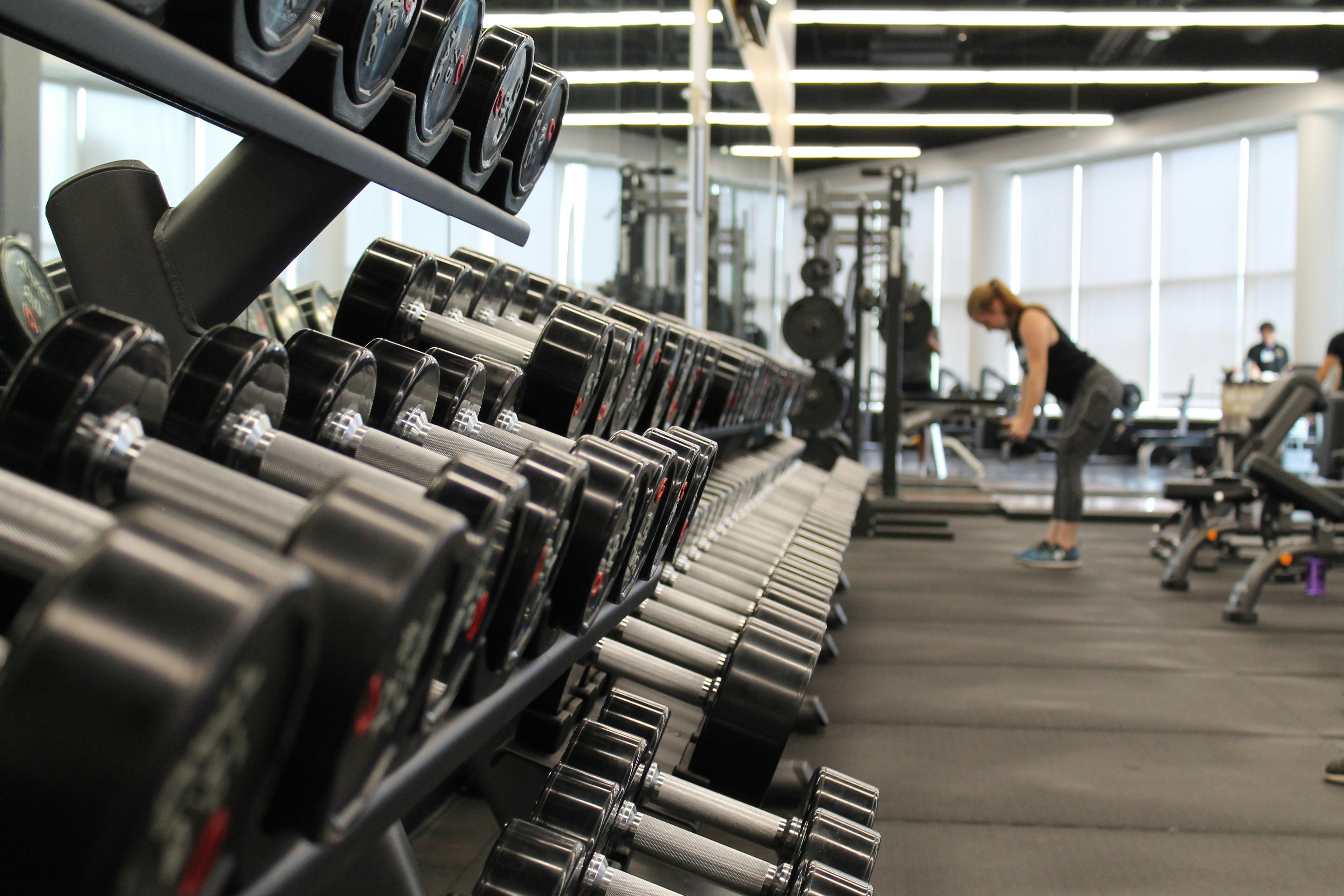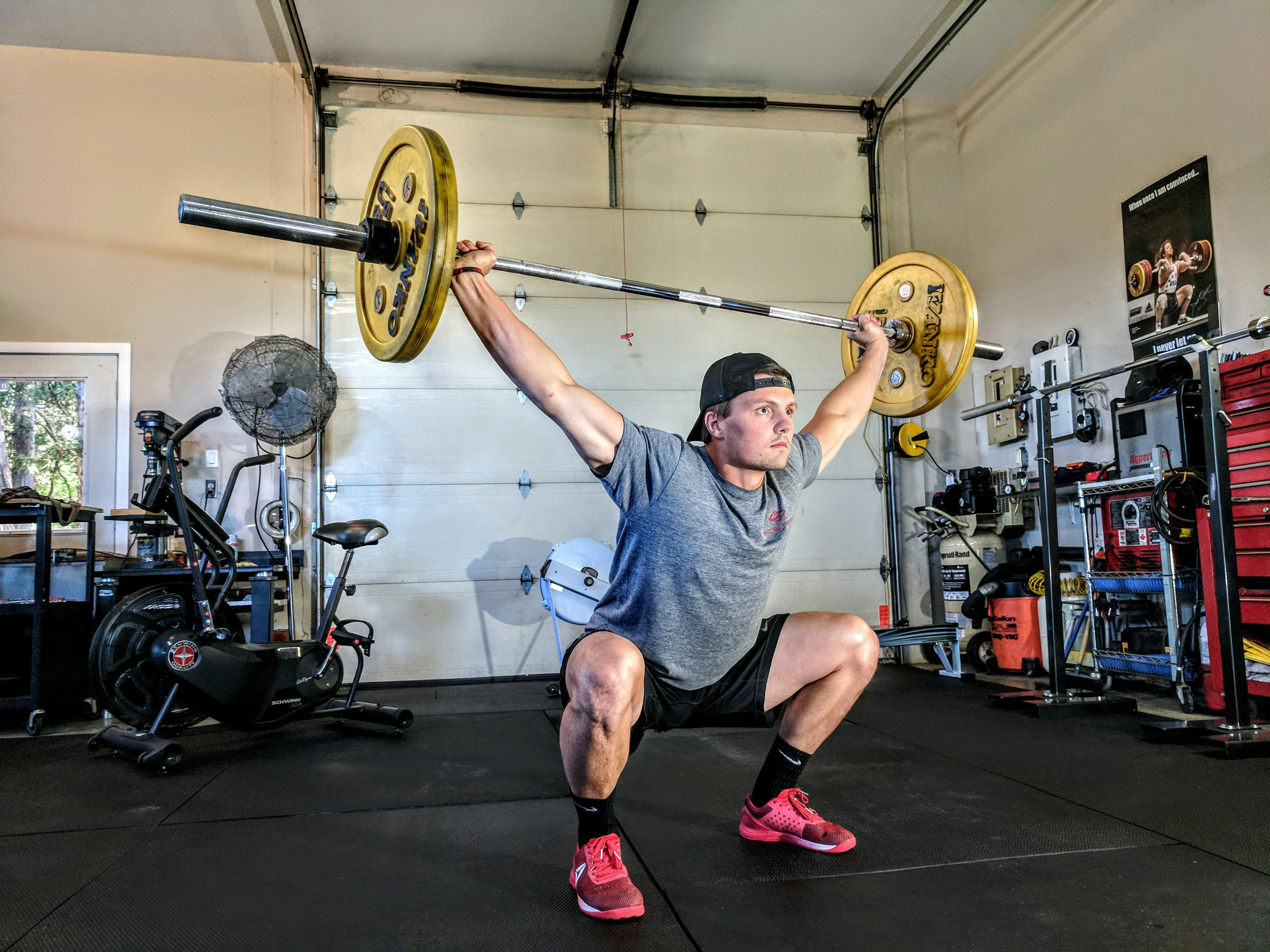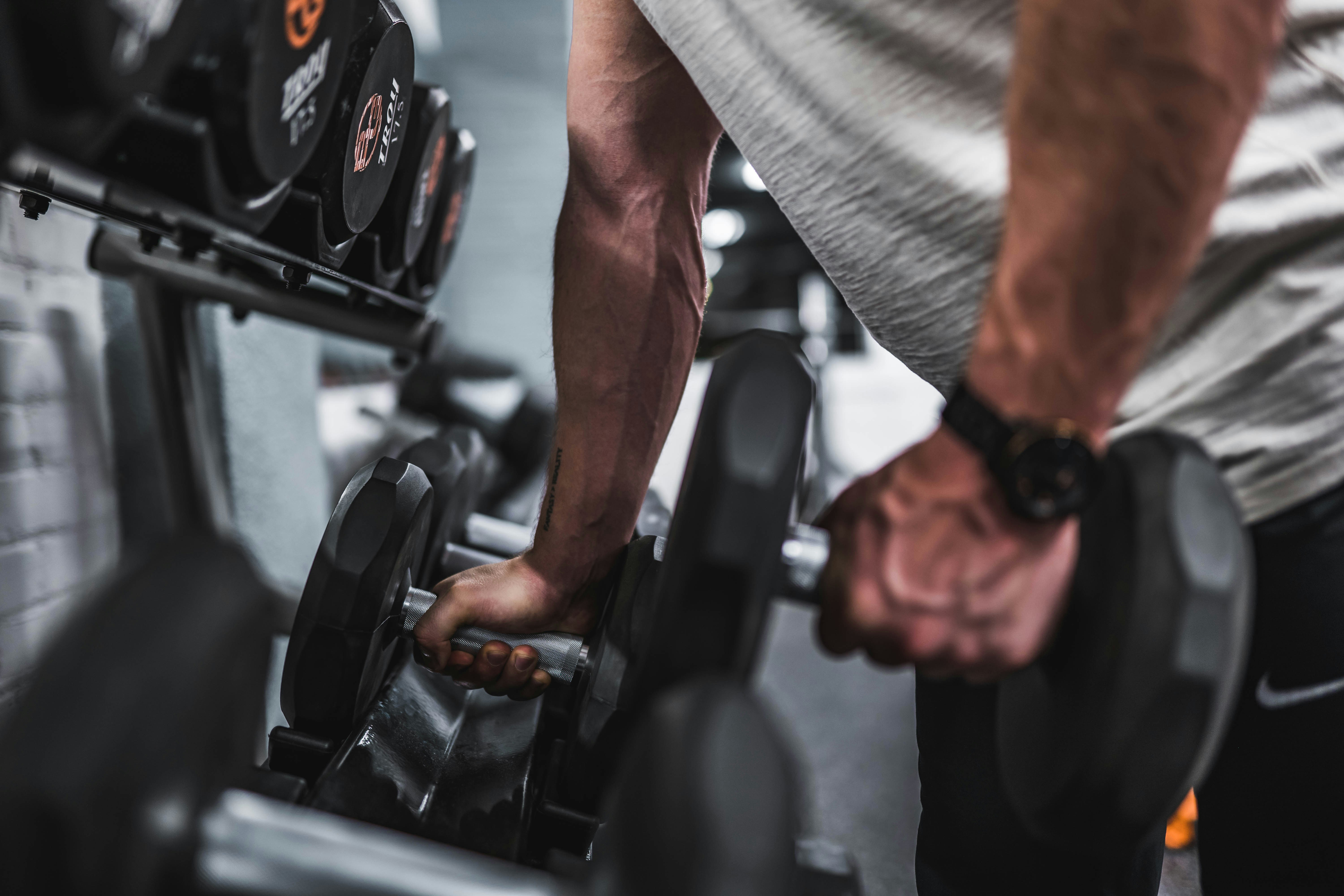HIIT (High-Intensity Interval Training): The Secret to 100% Efficiency Boost

HIIT (High-Intensity Interval Training): The Secret to 100% Efficiency Boost
"Success usually comes to those who are too busy to be looking for it." – Henry David Thoreau
Introduction
In today’s fast-paced world, many individuals struggle to find the time for long, traditional workouts. Between work, family, and other responsibilities, dedicating an hour or more to exercise each day can seem impossible. But what if you could achieve the same — or even better — results in just half the time ?
Enter HIIT (High-Intensity Interval Training) , a training method that has become incredibly popular in recent years. HIIT involves alternating between periods of intense effort and short periods of rest or lower-intensity activity. This workout approach has been shown to provide tremendous benefits in a shorter amount of time, making it ideal for those with busy schedules.
In this article, we’ll explore the science behind HIIT, its benefits, and how you can use it to maximize your fitness results, no matter how little time you have.
What is HIIT?
1. The Basics of HIIT
High-Intensity Interval Training (HIIT) is a form of exercise that alternates between short bursts of intense activity and periods of rest or low-intensity exercise. These intervals typically last anywhere from 20 to 60 seconds , followed by a rest period of the same or shorter duration.
HIIT can be performed using various exercises, such as bodyweight movements , cardio exercises (like running, cycling, or jumping rope), or even strength training exercises like squats, lunges, and push-ups.
2. The Science Behind HIIT
The main principle behind HIIT is to push your body to work at maximum capacity during the high-intensity intervals, followed by short recovery periods that allow your body to rest before going hard again. This alternating cycle increases your heart rate and metabolic rate , boosting calorie burn and improving cardiovascular fitness.
Studies have shown that HIIT can significantly improve cardiovascular health , muscle endurance , and fat loss in a much shorter time compared to traditional exercise programs.
The Benefits of HIIT: Why You Should Try It
1. Efficient and Time-Saving
One of the greatest advantages of HIIT is its ability to deliver results in a fraction of the time of traditional exercise. Unlike longer, steady-state cardio workouts, HIIT can be completed in as little as 20 to 30 minutes . This makes it the perfect solution for individuals with tight schedules who want to get the most out of their workouts in a short period.
Example: A typical HIIT workout may involve performing 30 seconds of all-out effort (e.g., sprinting or doing jumping jacks) followed by 30 seconds of rest, repeated for 15–20 minutes.
💡 Tip : A high-intensity workout like HIIT can burn as many calories in 20 minutes as moderate-intensity exercise can in 40 minutes.
2. Fat Loss and Metabolism Boost
HIIT has been proven to help burn fat and improve body composition, even after the workout is over. This phenomenon is known as afterburn or excess post-exercise oxygen consumption (EPOC) . After a HIIT session, your body continues to burn calories at an elevated rate for hours, leading to increased fat loss .
Research : A study published in the Journal of Obesity found that participants who engaged in HIIT had significantly greater fat loss than those who performed traditional steady-state cardio.
3. Improved Cardiovascular Health
HIIT has been shown to improve cardiovascular health by increasing heart rate, boosting blood circulation, and improving oxygen delivery to tissues. Over time, this can lead to:
- Lower resting heart rate .
- Reduced blood pressure .
- Enhanced lung capacity .
By improving these factors, HIIT helps reduce the risk of heart disease and improves overall cardiovascular efficiency.
4. Increased Muscle Tone and Endurance
HIIT isn't just for burning fat — it's also effective for building strength and endurance. Many HIIT workouts incorporate bodyweight exercises like squats, push-ups, and burpees, which engage multiple muscle groups and improve muscular endurance. This leads to better overall muscle tone, strength, and stamina.
💪 Fun Fact : HIIT can be performed with or without equipment, making it versatile for both beginners and advanced athletes alike.
5. Can Be Done Anywhere
Since HIIT workouts can be done with minimal or no equipment, they are incredibly convenient. You can perform a full-body HIIT workout at home, in the park, or even in your office. This flexibility allows you to maintain a consistent workout routine, regardless of where you are or how much time you have.
How to Structure a HIIT Workout
1. Choose Your Exercises
HIIT can be customized based on your goals and fitness level. Common HIIT exercises include:
- Cardio exercises : Sprints, jumping jacks, high knees, mountain climbers.
- Strength exercises : Squats, push-ups, lunges, burpees, kettlebell swings.
- Bodyweight movements : Planks, jumping lunges, squat pulses, or even jumping rope.
🔥 Tip : You can mix cardio with strength exercises for a full-body workout, which maximizes calorie burn and improves both endurance and strength.
2. Decide on Work-to-Rest Ratio
The work-to-rest ratio can vary depending on your fitness level. Beginners may start with a 1:2 ratio (e.g., 30 seconds of work followed by 60 seconds of rest), while more advanced athletes may choose a 1:1 ratio (e.g., 30 seconds of work followed by 30 seconds of rest).
- Beginner level : 20 seconds of high-intensity work, 40 seconds of rest.
- Intermediate level : 30 seconds of work, 30 seconds of rest.
- Advanced level : 40 seconds of work, 20 seconds of rest.
3. Warm-Up and Cool Down
As with any workout, it’s essential to warm up before your HIIT session and cool down afterward to prevent injuries and promote recovery.
- Warm-up : 5–10 minutes of dynamic stretching or low-intensity exercise (e.g., light jogging, bodyweight squats).
- Cool-down : 5–10 minutes of stretching or slow-paced walking to bring your heart rate down.
4. Progression and Variety
To avoid plateaus and keep your workouts challenging, gradually increase the intensity or duration of your intervals. Additionally, vary your exercises every few weeks to target different muscle groups and prevent boredom.
Who Can Benefit from HIIT?
HIIT is suitable for most people, but it’s important to consider individual fitness levels and any medical conditions before starting a new exercise program. Here’s a quick breakdown:
1. Beginners
If you're new to exercise, you can still benefit from HIIT by starting with lower-intensity exercises and longer rest periods. Gradually increase the intensity as you build endurance.
2. Weight Loss Enthusiasts
HIIT is one of the most effective training methods for fat loss , especially for people looking to lose weight in a short period.
3. Busy Professionals
For individuals with limited time, HIIT provides a highly efficient way to stay fit without spending hours at the gym.
4. Athletes and Advanced Fitness Enthusiasts
Experienced athletes can incorporate HIIT into their training regimen to improve speed, power, and endurance.
Conclusion
HIIT is a time-efficient, powerful workout method that can provide numerous benefits, including fat loss , muscle toning , improved cardiovascular health , and an overall boost in fitness levels . Whether you're a beginner or an advanced athlete, HIIT can be adapted to suit your goals and fitness level. With just 20–30 minutes of effort, you can achieve the same — if not better — results compared to traditional workouts.
By incorporating HIIT into your fitness routine, you can save time while reaping the full benefits of a well-rounded and efficient workout program. So, what are you waiting for? Try HIIT today and discover the secret to getting the most out of your workouts!
"The pain you feel today will be the strength you feel tomorrow." – Unknown
References
- Gibala, M. J., et al. (2006). Short-term high-intensity interval training enhances muscle oxidative capacity in humans . Journal of Applied Physiology, 104(6), 1672-1679.
- Boutcher, S. H. (2011). High-intensity intermittent exercise and fat loss . Journal of Obesity, 2011, 868305.
- Tremblay, A., et al. (1994). Impact of exercise intensity on body fatness and skeletal muscle metabolism . Metabolism, 43(7), 814-818.




